Reviews
Agnès Varda
West Germany/France, 1976
Credits
Review by Jenny Jediny
Posted on 29 July 2010
Source MUBI.com
Categories Viva Varda: The Films of Agnès Varda
Just around the corner from my apartment in Brooklyn is a nearly forty-year-old coffee shop, run by an older Italian couple. Caffe Capri sells Engelbert Humperdinck albums, their iced coffee is top notch, and they recently hosted AM screenings for the World Cup (the sight of bleary-eyed twenty-somethings clutching their coffee while watching soccer in a place resembling Grandma and Grandpa’s house was priceless). Agnès Varda’s 1976 film Daguerréotypes documents such urban fixtures, but in the City of Lights: specifically, her neighborhood on rue Daguerre, situated near Montparnasse in Paris. Varda has made the 14th arrondissement her home since the 1950s, and shortly after the birth of her son she was seeking a subject she could shoot “less than 50 yards from my door.” The result is both a living photo album and a commentary on what has become a vanishing world.
Daguerréotypes is interactive with its subjects; following Varda’s camera, we might be a roving patron, or a friend joining the director on a neighborhood jaunt. We enter a perfume shop with Varda’s daughter, where she selects a gift of homemade jasmine water, and overhear her conversation with the shop owner and his wife indicating a long-time acquaintance. This is a simple act of quotidian commerce, the kind of everyday task that Varda will return to again and again in Daguerréotypes as her manner of repetition elevates the mundane to a method of establishing community. We continue to meet other shopkeepers: a butcher, breadmaker, a laundress, and tailor. She shoots her neighbors as an extended family, with richly-hued still portraits subsequently made living through interviews.
Work is the overarching theme in these conversations, as Varda observes the tasks performed by the rue Daguerre’s merchants. There is attention to physical details, but also to each individual’s emotional connection to their livelihood. Varda asks a butcher about his dreams, and his initial response relates how his everyday work fills those dreams, specifically obsessions over the perfect cut of meat. However, there are other dreams to discuss, and personal histories. We learn of birthplaces, courtships (a charming montage with several couples recalling how they met one another is years ahead of When Harry Met Sally), and simple hopes for the future. Varda mines personalities to paint a broader portrait of men and women whose personalities go far beyond the exchange counter.
Varda’s affectionate, often humorous look at her neighbors is a reminder of how fragile these microcosms have become in our contemporary world. Local tradesmen are ever-threatened by the influx of chain stores (though some hope remains, as younger generations seem recently enamoured with local sourcing, particularly within the food industry). Far more delicate, though, is the connection these merchants have had in years past within their communities—the personal relationships depicted so warmly in Daguerréotypes between owner and customer are a far cry from the wordless exchange that goes on any day, and any hour, during an internet purchase. Perhaps, without intending to, Varda created a perfect time capsule with Daguerréotypes, one that poignantly captures the increasing distance we find between one another with the forward march of progress.
More Viva Varda: The Films of Agnès Varda
-
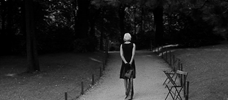
Cléo from 5 to 7
1962 -
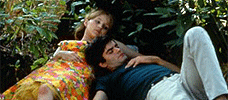
Le Bonheur
1964 -
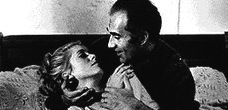
Les Créatures
1966 -
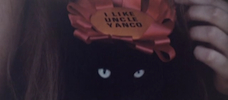
Uncle Yanco
1967 -
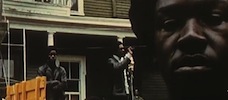
Black Panthers
1968 -
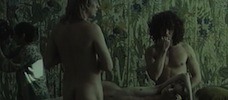
Lions Love
1969 -
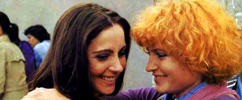
One Sings, the Other Doesn’t
1977 -
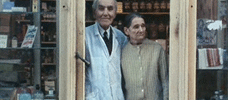
Daguerréotypes
1976 -
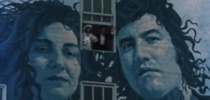
Mur murs
1981 -
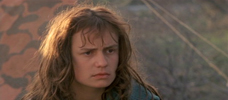
Vagabond
1985 -
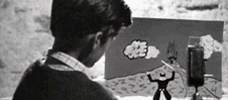
Jacquot de Nantes
1991 -
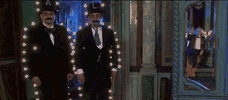
One Hundred and One Nights of Simon Cinéma
1995 -
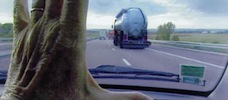
The Gleaners and I
2000 -
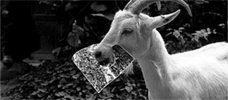
Cinévardaphoto
2004 -
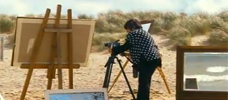
The Beaches of Agnès
2008
We don’t do comments anymore, but you may contact us here or find us on Twitter or Facebook.



